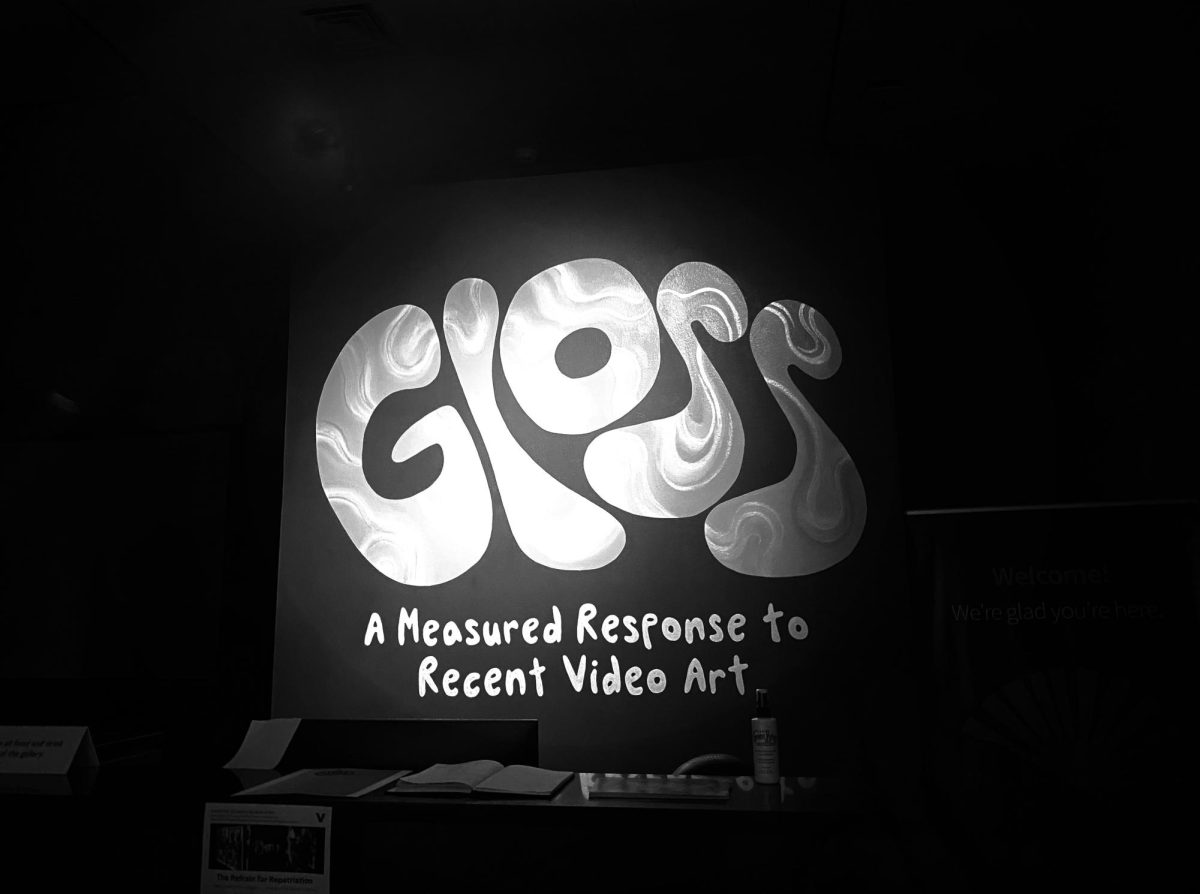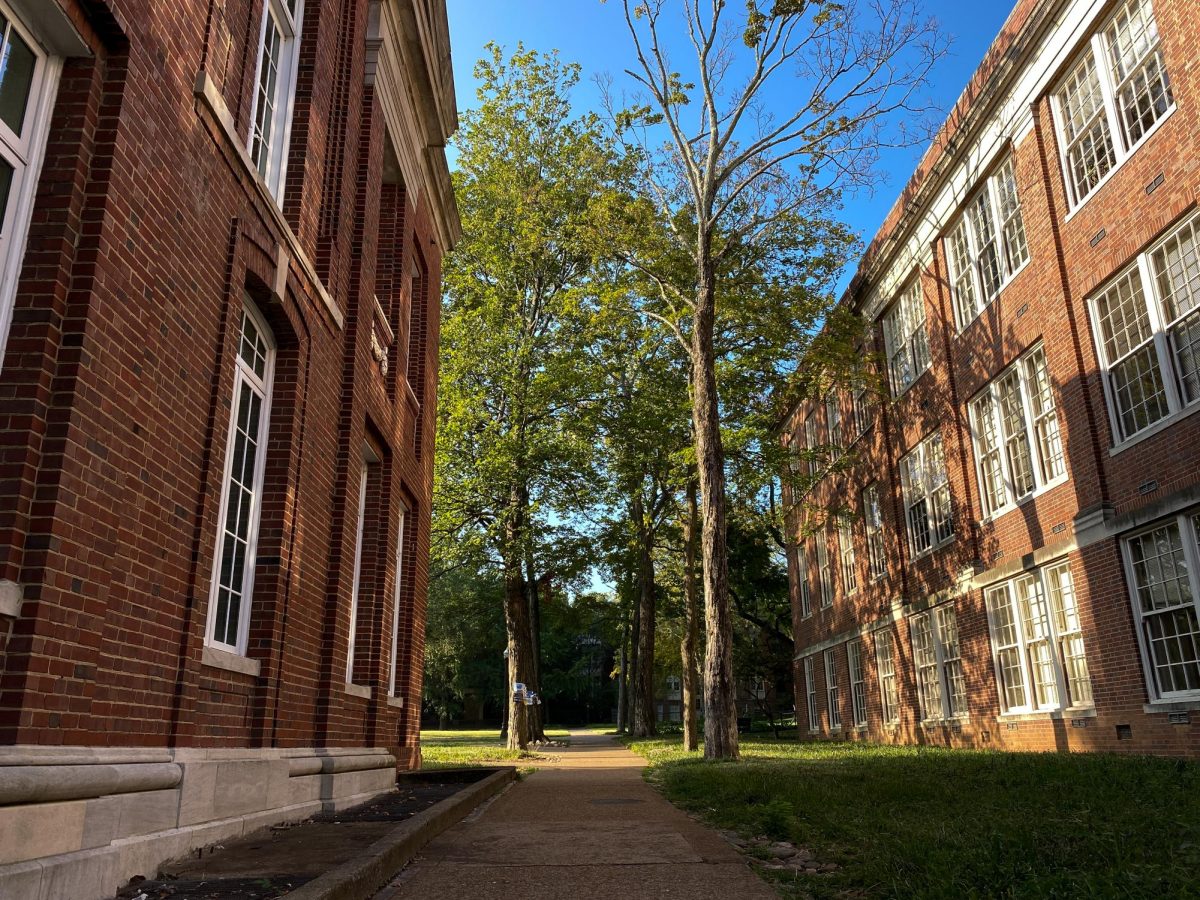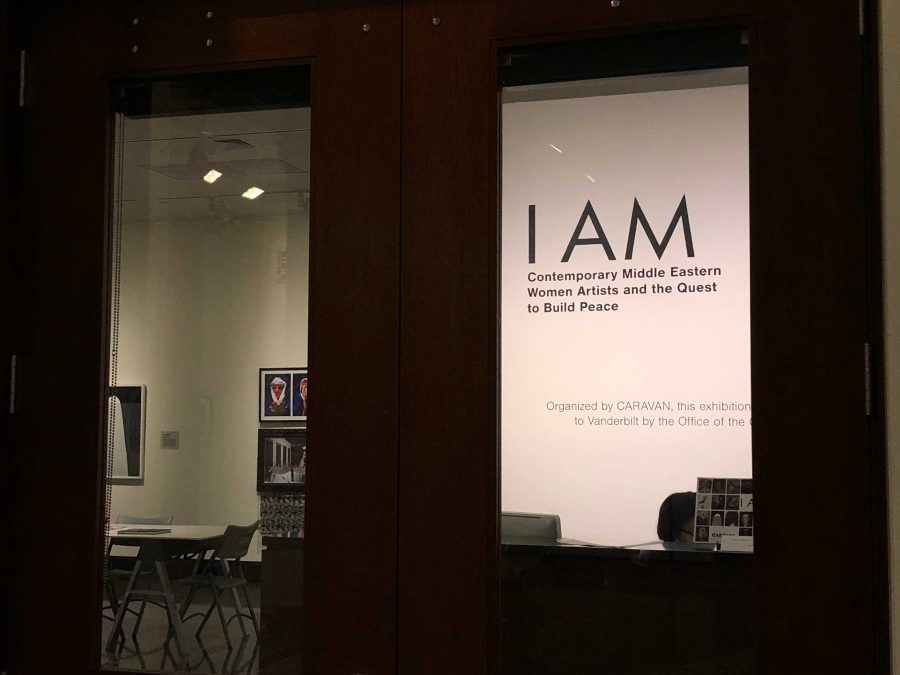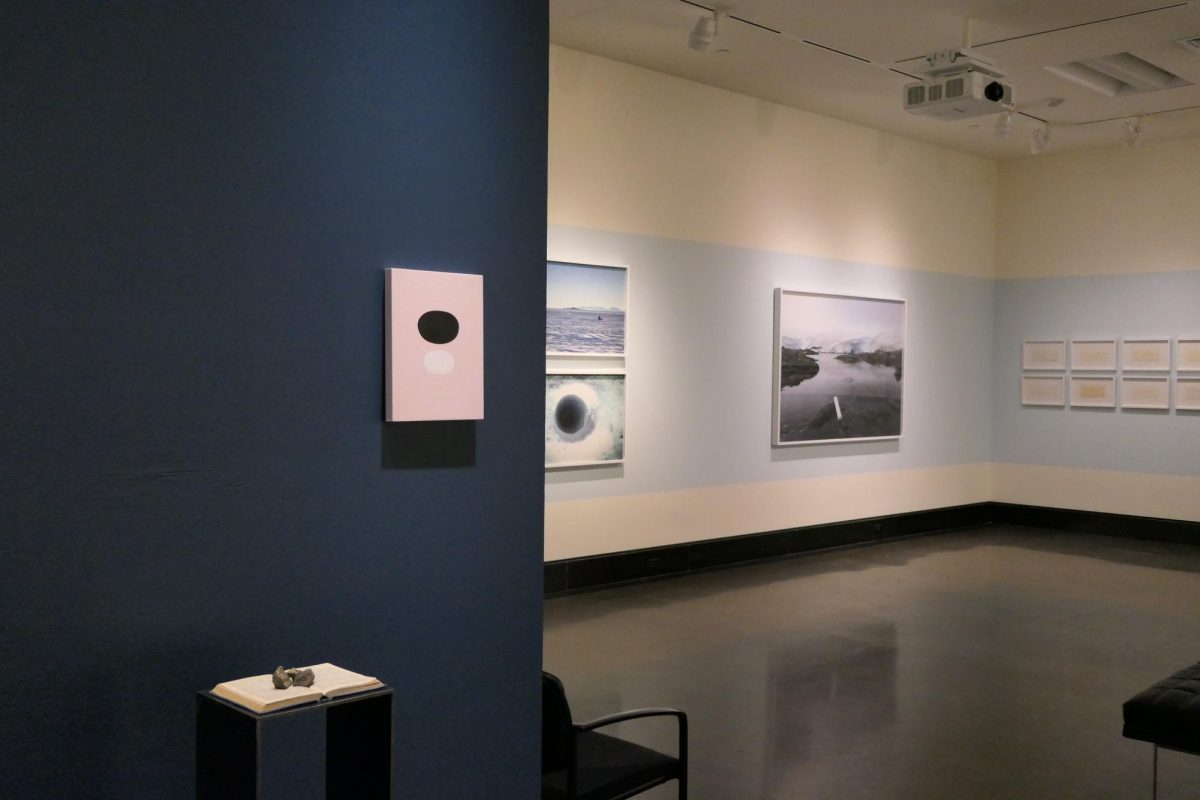Tucked away on Vanderbilt’s Peabody Campus, Cohen Memorial Hall houses the Vanderbilt University Museum of Art, which is currently presenting its newest exhibition, “Gloss: A Measured Response to New Video Art.” The museum, which is currently in the process of becoming accredited under the American Alliance of Museums, has been hosting the exhibition for the past month. The exhibition features 10 displays of video art created in the past decade.
Rachel P. Kreiter, curator of the Vanderbilt University Museum of Art, discussed the decision to display video art at the gallery.
“The genesis of this show is really that video art has become much more exciting, engaging, colorful, bold and stuff that you want to watch,” Kreiter said. “It’s all stuff that we think people not only should but will want to come into the museum space and really spend time watching.”
Video art is not commonly showcased in museum exhibitions and displays, largely because it is still an emerging medium. The Vanderbilt University Museum of Art seized the opportunity to utilize the contemporary medium, benefit from its affordability and allow the museum to spend resources elsewhere within the exhibit.
“Video is in some ways easier to display than 3D artworks or paintings because you don’t have to ship anything here.” Kreiter said. “It’s all just sort of things that have been file-transferred to me, so you’re taking out not just a major expense, but a major sort of hassle.”
Kreiter noted that due to the advancement of technology required to make video art, many contemporary artists are emerging in the field, allowing high-quality video galleries to be made better than in previous decades.
“There has been a revolution in video because of the internet,” Kreiter said. “But also, artists are all now familiar with video technology. So we’re getting a new quality of video artwork that I felt it made sense to bring to Vanderbilt, partly because, yes, in the context of rushing to make this show, we can only do so much, but also because it was really important to me to bring something that would not have been seen in Nashville.”
While organizing the exhibit, Kreiter selected works by artists from all across the globe, stating that this approach provides a sense of fulfillment for Nashvillians eager to learn more about global developments.
“This museum is under the Vice Provost for Arts, Libraries and Global Engagement. Part of our remit is to bring international artworks into the gallery,” Kreiter said. “People at Vanderbilt and people in Nashville deserve to see international and national artworks as well. You can see local arts at Zeitgeist, at David Lusk or at Red Arrow. Things that are made abroad should be here too.”
The gallery itself is set up like a movie theater featuring a large screen that displays one of 10 different video art pieces, rotating weekly to provide a varying experience for every visit. Most recently, the exhibit displayed Erdem Taşdelen’s “A Moving Target,” with the artist visiting campus to discuss his work with students. The exhibit features contributions from various artists, including several internationally renowned figures.
“Some of the artists in the show have also been in, for example, the Whitney Biennial this year or the Venice Biennale this year. So these are high quality, international-caliber artists who we have brought into this space,” Kreiter said. “I think this work is fantastic. It demands to be seen.”
Overall, the gallery aims to act as an inviting space for Nashvillians to come together and appreciate the hard work that went into curating the exhibit. Kreiter expressed her hope that people will visit the exhibition before it closes this December.
“I think if people come, they will love it. They will see things that, you know, you don’t have to go to Venice to see,” Kreiter said. “I really hope that people will engage with the show throughout the semester.”









